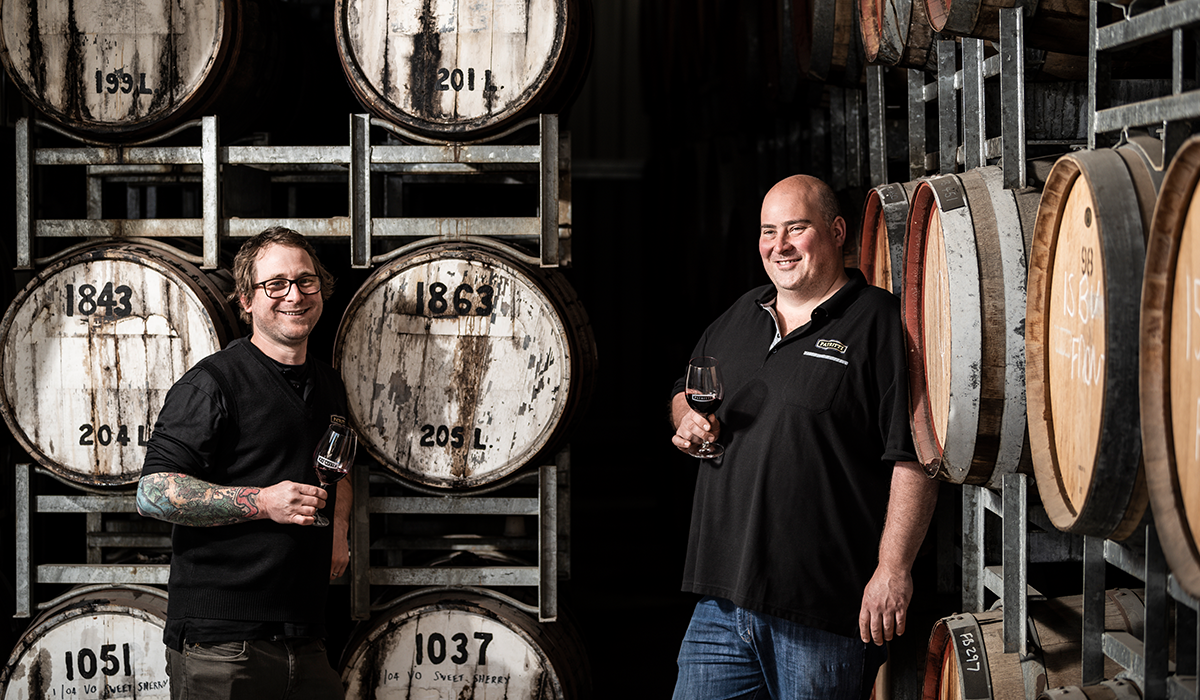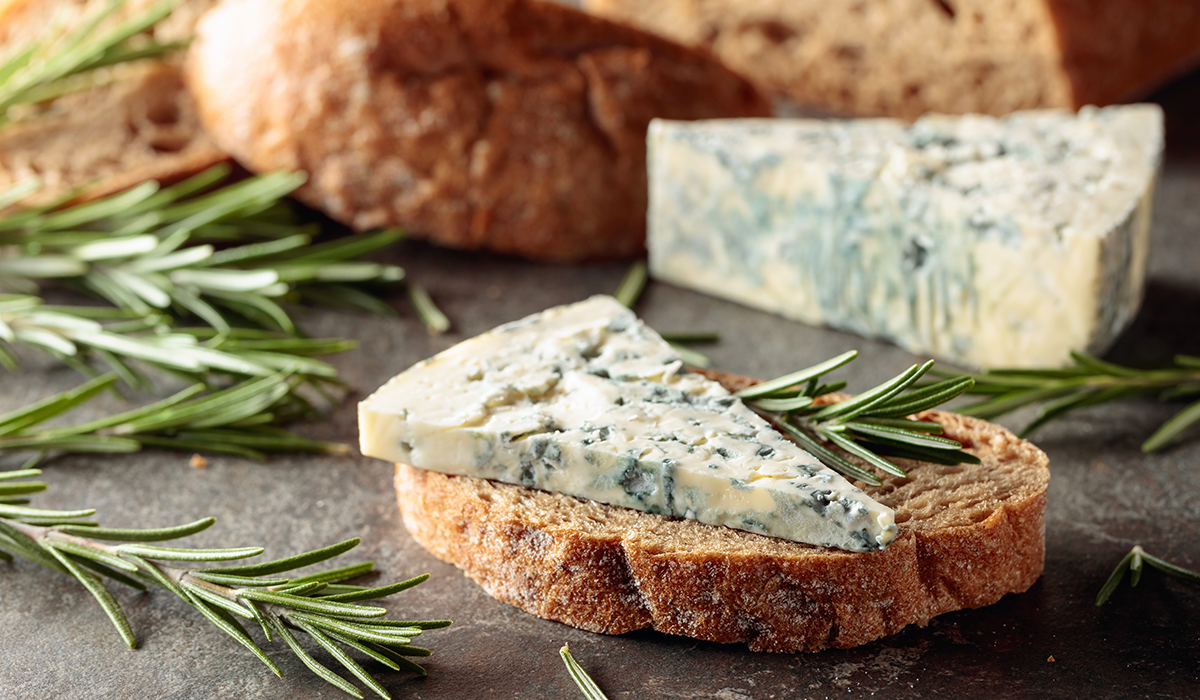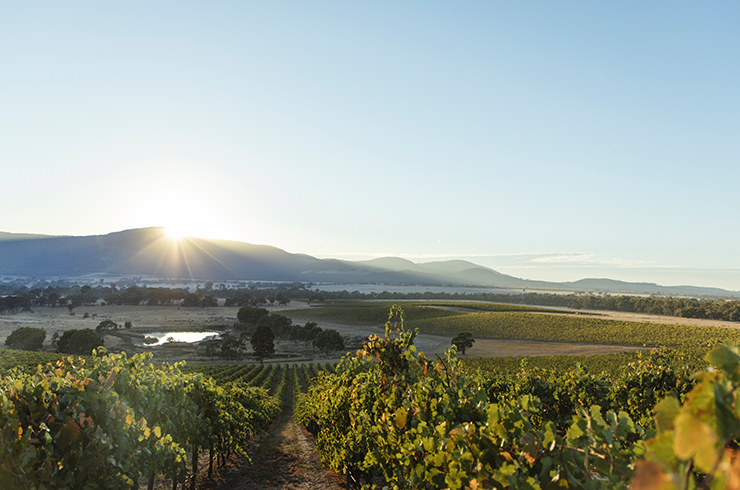Go to section: Saperavi tasting characteristics | Origins of saperavi | How to pair food with saperavi | Serving temperature for saperavi | The best Australian saperavi regions
Saperavi, which translants to ‘paint’ or ‘dye’, is a teinturier grape with dark skin, red flesh and pinkish juice. Saperavi makes full-bodied, textural, ageworthy wines that are rich in dark fruit with ample acidity and tannin. Best known as a single varietal wine, its high acidity means it can also be made into rosé, dry, semi-sweet, sweet and fortified wines, and it's often used in blends.
You'll like saperavi if you like shiraz and syrah, cabernet sauvignon, blaufrankisch, nebbiolo or other reds.

Saperavi tasting characteristics
Saperavi wines are dark purple, full-bodied, high in acidity and tannin, and rich in black fruit, licorice, chocolate, earth, smoked meat, tobacco, spice and pepper flavours. The best examples have some age, as the wines can be a little tart when young. Saperavi is also used to make semi-sweet and port-style fortified wines.
Origins of saperavi
Like shiraz is to Australia, saperavi is Georgia's (the country, not the state) most important grape variety.Saperavi is Georgia’s most widely planted dark-skinned grape. While it’s grown throughout the Kakheti wine region, the finest examples are found in the villages of Mukuzani, Khashmi, Anaga, Kardenakhi, Shilda, Napareuli, Kondoli and Tsinandali. It’s also planted across Eastern Europe, including in Ukraine, Moldova, Russia, Azerbaijan, Armenia and Bulgaria. It can also be found in the Finger Lakes district of New York.
In Georgia, saperavi was traditionally fermented in qvevri – large vessels made from baked clay that were buried in the ground to keep temperatures low – however today’s winemakers also ferment in stainless steel tanks.
Try these examples from Georgia: 2020 Pheasant’s Tears Saperavi, Kakheti, Georgia (qvervi fermented), 2019 Tbilvino Saperavi, Kakheti, Georgia (stainless steel tank fermented).

How to pair food with saperavi
Hearty meat dishes or meat-stuffed pastas. Saperavi can also stand up against very strong cheeses.
Serving temperature for saperavi
The ideal serving temperature for saperavi is 16–18 degrees.-
THE BEST AUSTRALIAN SAPERAVI TASTING NOTES
-
Hugh Hamilton Wines
The Oddball Saperavi 2019
McLaren Vale -
Patritti Wines
Barossa Valley Saperavi 2018
The best Australian saperavi regions
In Australia, producers across the country from South Australia to Victoria to Queensland are growing and making saperavi. In McLaren Vale, Hugh Hamilton describes himself as saperavi “obsessed”, and makes three different styles. In the Barossa, Dell’vua and Patritti Wines have been making it for 10 and 15 years respectively. Up in the Granite Belt, look to Ballandean Estate and Ridgemill; and in Victoria, try examples from King River and Symphonia, among others.Across eight modules, Halliday Wine Academy's Introduction to Wine course offers a detailed look at the Australian wine landscape. Learn about wine varietals, Australian wine regions, how wine is made, how to taste and describe wine, how to approach food and wine matches, along with handy tips that address common wine questions.





